FAQ
What do the Air Quality Stripes show?
These plots show the changing trends in outdoor concentrations of particulate matter (PM2.5) air pollution from 1850 to 2021. The cleanest air in this time period is coloured light blue and the dirtiest is coloured brown. There are many types of air pollution, but we only show particulate matter (PM2.5) concentrations as these have been closely linked to effects on human health.
The data is all plotted on the same scale so a particular colour in one location is the same value as that colour in another. We also show bar charts which show the concentration of PM2.5, we also show the World Health Organization Air Quality Guideline concentration of 5 micrograms per cubic metre (or “ug/m³”).
In some plots we have added indicative air quality ratings e.g. "Very Good", "Fair", "Moderate" etc. There is no single internationally recognised definition of these terms for annual mean PM2.5 values, so we have estimated these indicative values based on a mix of recommendations from different countries, as research into the health effects of PM2.5 continues we will better understand the health effects of different concentrations.
Why these colours?
The colour palette was created in collaboration with artist Ethan Brain who analysed colour themes from two hundred images collected from a google image search for “air pollution”. As one might intuitively expect, polluted images are dominated by reds, browns and greys and clean images by blues.
To create the polluted palette from the images the images were analysed to identify the dominant colour themes then, to hone in on images that best represented air pollution, the initial image set was filtered to only include results that fit within the value range of the dominant colour theme. Dominant colour themes were then extracted from this filtered set and the resulting colours were hand-selected and then tweaked to create a palette that represents increasing values.
The lightest blue represents the cleanest value of concentrations of less than 5 ug/m³, years in this colour meet the World Health Organisation Air Quality Guideline which was introduced in 2021, all other colours show an exceedance of the guideline values.
While it is encouraging that some of these plots show improving air quality, it should be noted that there is increasing evidence PM2.5 can have significant health effects even at quite low levels.
What are the stripes?
The climate warming stripes were created by Professor Ed Hawkins at the University of Reading in 2018 and have since become very widely used as a visual representation of the Earth’s warming climate. They have also inspired the creation of the Biodiversity Stripes which show biodiversity loss and ocean acidification stripes.
What is particulate matter (PM2.5) air pollution?
The air we breathe can contain many different types of pollutants. In this site we show the concentration of particulate matter air pollution, which is one of the main air pollutants known to affect human health. Particulate matter is a mix of tiny liquid or solid particles that are found throughout the atmosphere. Some of these particles, such as dust, dirt, soot, or smoke, are large enough to be seen with the naked eye but others are so small they can only be detected using an electron microscope. The team at VisualCapitalist have produced a fantastic visualisation to illustrate this.
These small particles are able to pass into our lungs more easily and affect our health. For this reason scientists tend to focus on a subset of particulate matter called “PM2.5” which is particles with a diameter smaller than 2.5 micrometres (or ”um” for short) (2.5 um is approximately a 30th of the width of a human hair). PM2.5 can come from a wide range of sources, some of which are natural (e.g. volcanoes, fires, dust) and others are produced by human activities (e.g. industry, cars, agriculture, domestic burning and fires arising from climate change). Some PM2.5 particles are directly emitted into the atmosphere, while others are formed by reactions of gases within the air, you could think of the atmosphere as being a cocktail of pollutants!
PM2.5 has been linked to a very wide range of health effects ranging from breathing issues such as asthma, reduced lung health, increased likelihood of developing cancer and heart disease, and an increased risk of developing many diseases including diabetes, Alzheimer's and Parkinson's disease.
In response to the increased knowledge of the health effects of PM2.5, in 2021 the World Health Organisation recommended that the annual average concentration of PM2.5 should not exceed of 5 ug/m³. At present, 99% of the world’s population live with concentrations above this value, with the highest PM2.5 levels typically found in low and middle-income countries.
Beyond the Stripes.
We are keen to open up the conversation about air quality and use different (and diverse) ways to do this. We contacted a colleague Prof Sam Illingworth who turned the stripes into poetry! Audio Recording (mp3) Sam originally trained as an atmospheric chemist and now his work and research focuses on using poetry and games to develop dialogue between different audiences.
Can I use these images?
We hope these stripes will help start conversations about air pollution and its effects on our lives. The use of these images is encouraged/welcomed, but must include appropriate acknowledgment of airqualitystripes.info and a link to this website. The images are licensed under CC BY.





